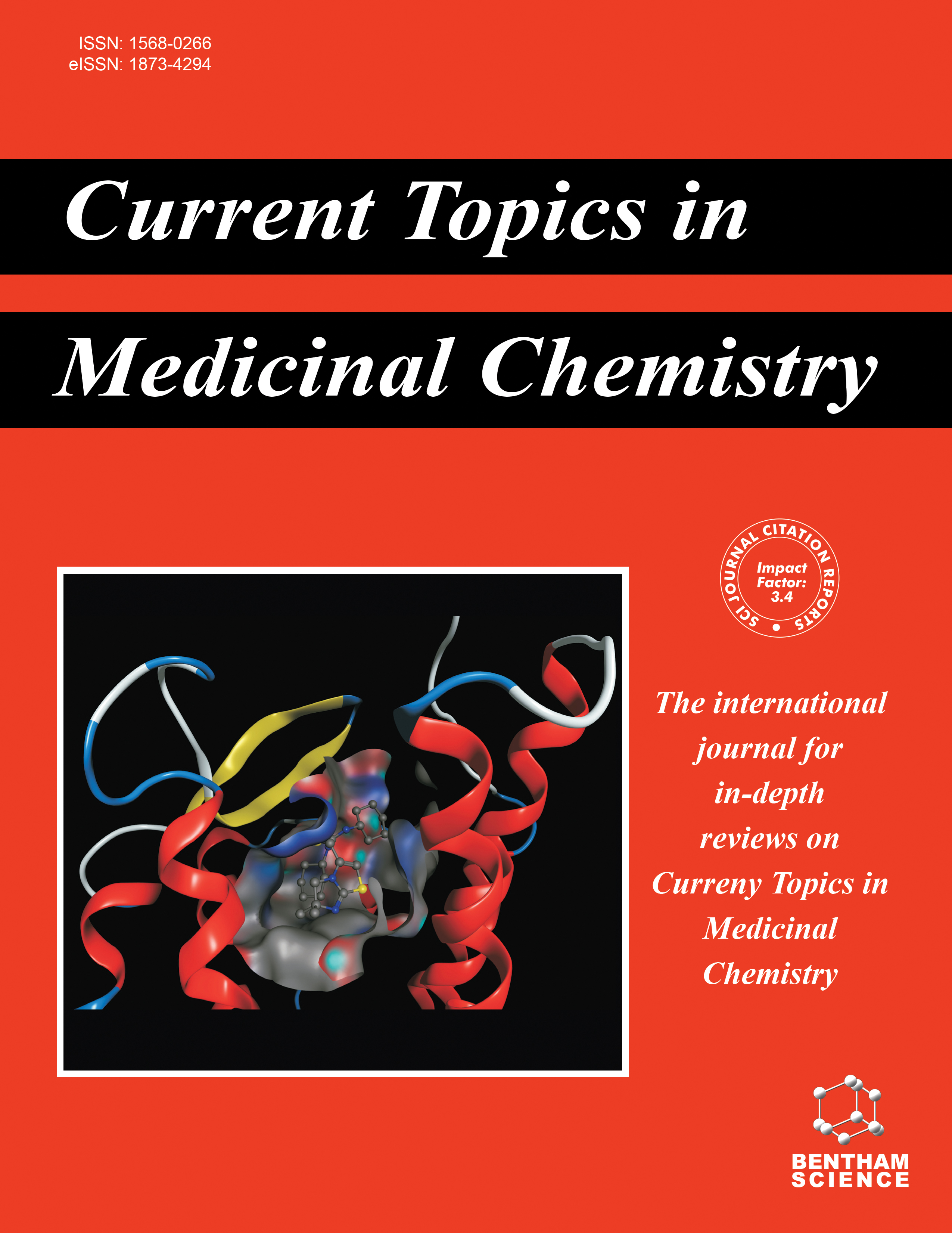
Full text loading...
We use cookies to track usage and preferences.I Understand
Cancer involves the uncontrolled, abnormal growth of cells and affects other tissues. Kinase has an impact on proliferating the cells and causing cancer. For the purpose of treating cancer, PIM kinase is a potential target. The pro-viral Integration site for moloney murine leukaemia virus (PIM) kinases is responsible for the tumorigenesis, by phosphorylating the proteins that control the cell cycle and cell proliferation. PIM-1, PIM-2, and PIM-3 are the three distinct isoforms of PIM kinases. The JAK/STAT pathway is essential for controlling how PIM genes are expressed. PIM kinase is also linked withPI3K/AKT/mTOR pathway in various types of cancers. The overexpression of PIM kinase will cause cancer. Currently, there are significant efforts being made in medication design and development to target its inhibition. A few small chemical inhibitors (E.g., SGI-1776, AZD1208, LGH447) that specifically target the PIM proteins' adenosine triphosphate (ATP)-binding domain have been identified. PIM kinase antagonists have a remarkable effect on different types of cancer. Despite conducting clinical trials on SGI-1776, the first PIM inhibitory agent, was prematurely withdrawn, making it unable to generate concept evidence. On the other hand, in recent years, it has aided in hastening the identification of multiple new PIM inhibitors. Cyanopyridines and Pyrazolo[1,5-a]pyrimidinecan act as potent PIM kinase inhibitors for cancer therapy. We explore the involvement of oncogenic transcription factor c-Mycandmi-RNA in relation to PIM kinase. In this article, we highlight the oncogenic effects, and structural insights into PIM kinase inhibitors for the treatment of cancer.

Article metrics loading...

Full text loading...
References


Data & Media loading...

